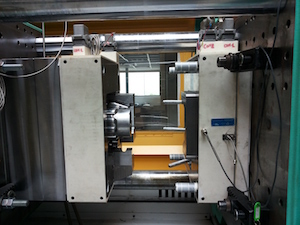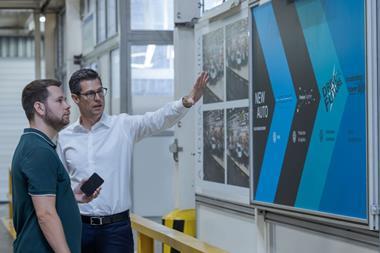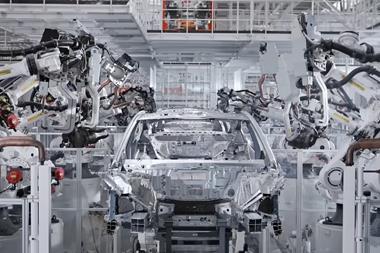 We all know that improving process productivity is one of the primary means for automotive plants to reduce costs. However, after decades of lean manufacturing initiatives, CI and Kaizen events, most are finding that there’s not much fat left on the bone.
We all know that improving process productivity is one of the primary means for automotive plants to reduce costs. However, after decades of lean manufacturing initiatives, CI and Kaizen events, most are finding that there’s not much fat left on the bone.
It therefore boils down to technology to make the advances where processes can yield no more. But even here it has become difficult to eke out extra time savings. Take component machining, for example. Sure enough, as a former production engineer now in his mid-forties, I appreciate that the latest machine tools are quicker than the manual lathes, turret mills and surface grinders on which I wound handles at my local technical college in the 1980s. Even so, attributes such as spindle speeds, acceleration rates, traverse rates and chip-to-chip times have seemingly been at or near the limit of what can be achieved mechanically for a number of years (arguably with the exception of spindle speeds in micro-machining applications).
So, what does that leave? How can the beleaguered manufacturing engineer tasked with finding yet more cost savings from component machining operations help his employer to achieve greater competitive gain? One school of thought in many industries is that attacking set-up times is the final area where rewards can be found. However, in the automotive arena, set-up times are less critical because batch sizes are typically large.
With this in mind, my suggestion is that the only real area of promise lies with machine changeover time. We already have one example of this where milling and turning can now be achieved on a single platform, namely the modern day turn-mill or multi-tasking machine tool, thus eliminating the need to move parts between two individual machines. Other examples are grinding machines which feature the ability to mill, or grinders that combine cylindrical grinding with hard turning – an interesting concept for many shops machining automotive parts.
However, while configurations such as these serve to eliminate the time needed to transfer parts between machines, arguably the most eye-catching combinations of processes in the past 12 months are those that unify conventional subtractive with additive manufacturing processes. OK, this observation is made knowing that the automotive industry is not yet at the stage of introducing additively manufactured or 3D-printed parts on volume road cars, but in truth, it won’t be long. Many OEMs are working tirelessly with additive manufacturing technology to aid its progression from rapid prototyping and tooling tasks to the production line.
Now, can you imagine the potential of combining 3D printing with a five-axis, multi-tasking machine tool? Well, such machines have begun to emerge, albeit pitched at small batches or very difficult-to-cut materials. And while some might say we are trying to run before we can walk, the fact that such machines already exist certainly paints an exciting picture of where our component manufacturing strategies are heading.






































